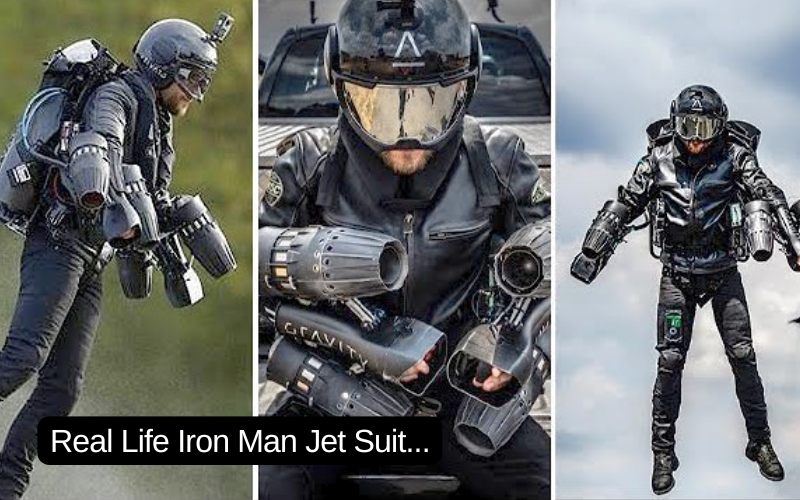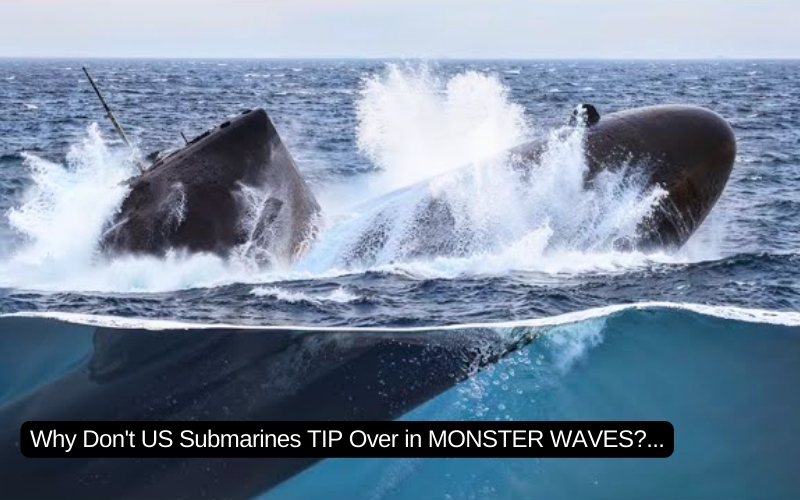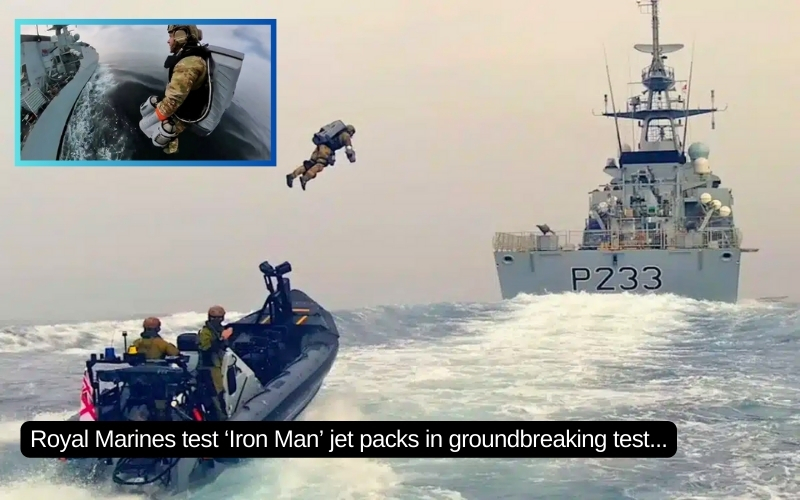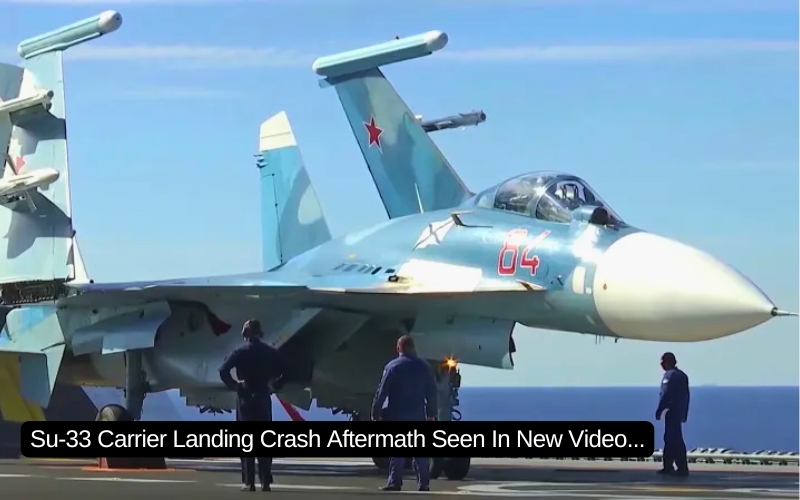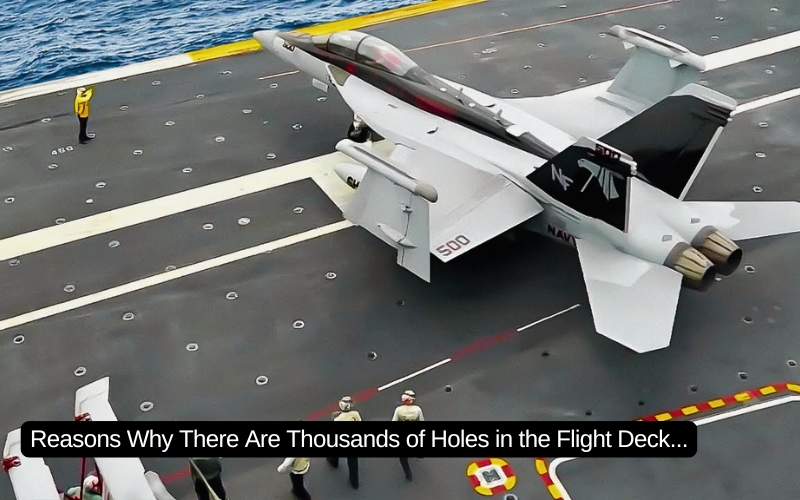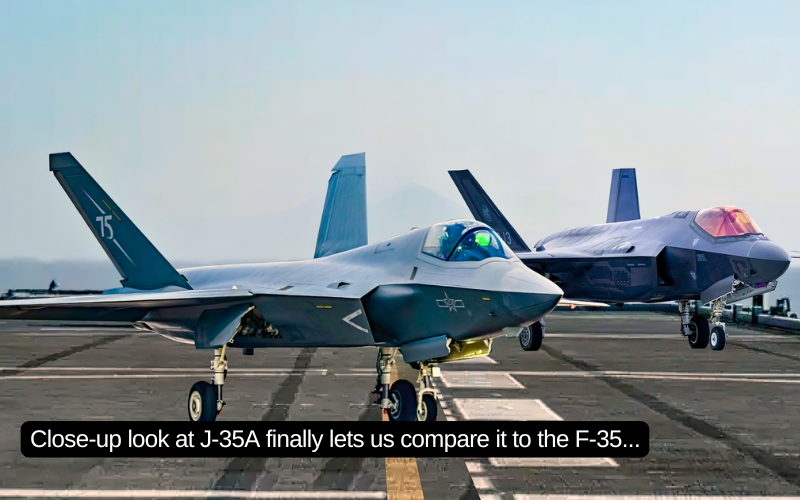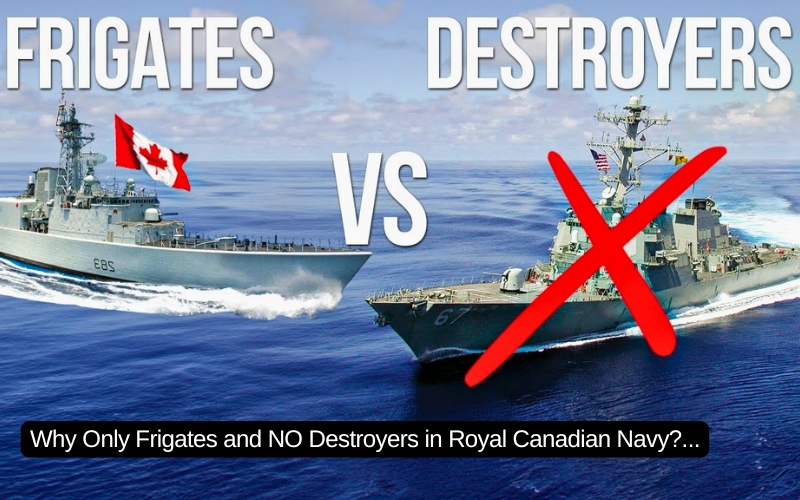For the last five years, Air Force Special Operations Command has been working toward incorporating a high-energy laser weapon on its newest AC-130J gunship. It now plans to test-fire a 60-kilowatt laser in 2022, according to a program officer affiliated with the program.
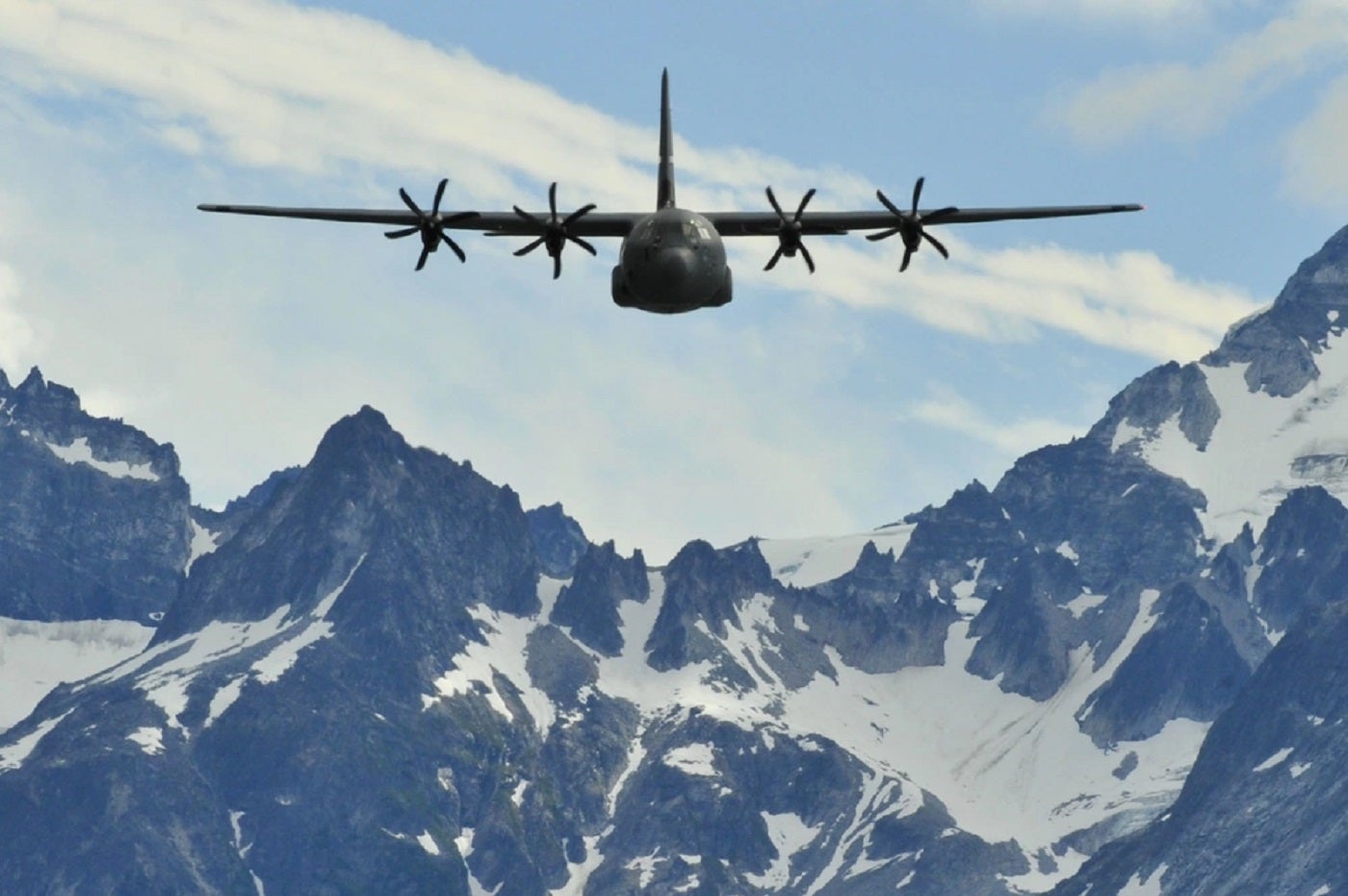
“If it is successful — and we are planning for success — then it will feed into our new requirements and potentially a new program down the road,” said Air Force Col. Melissa Johnson, program executive officer for fixed-wing programs at Special Operations Command. She spoke during last week’s Virtual Special Operations Forces Industry Conference, hosted by the National Defense Industrial Association.
“If this goes forward past the demo … we’ll have an additional [research, development, test and evaluation] program going forward,” Johnson said, as reported by NDIA’s National Defense Magazine.
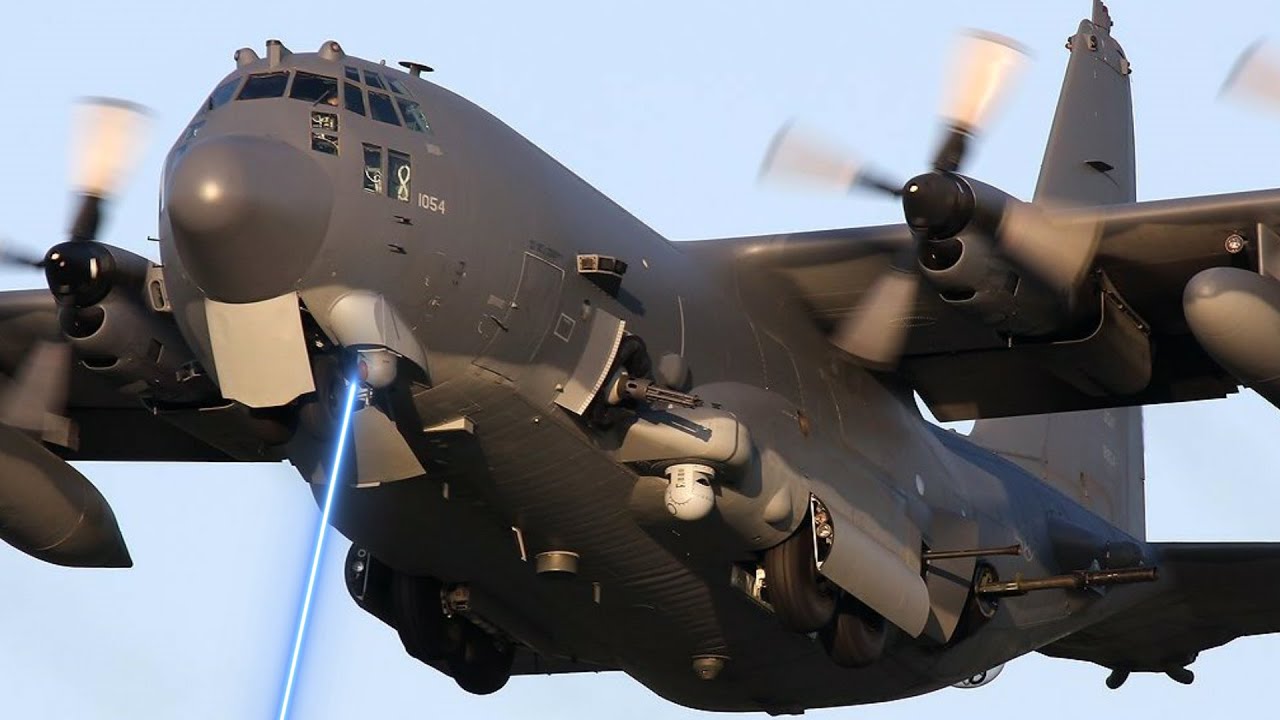
Johnson explained that previous tests have largely been ground-based and done in conjunction with the Naval Surface Warfare Center in Dahlgren, Virginia. The next, scheduled for fiscal 2022, will be onboard the AC-130 aircraft, she said.
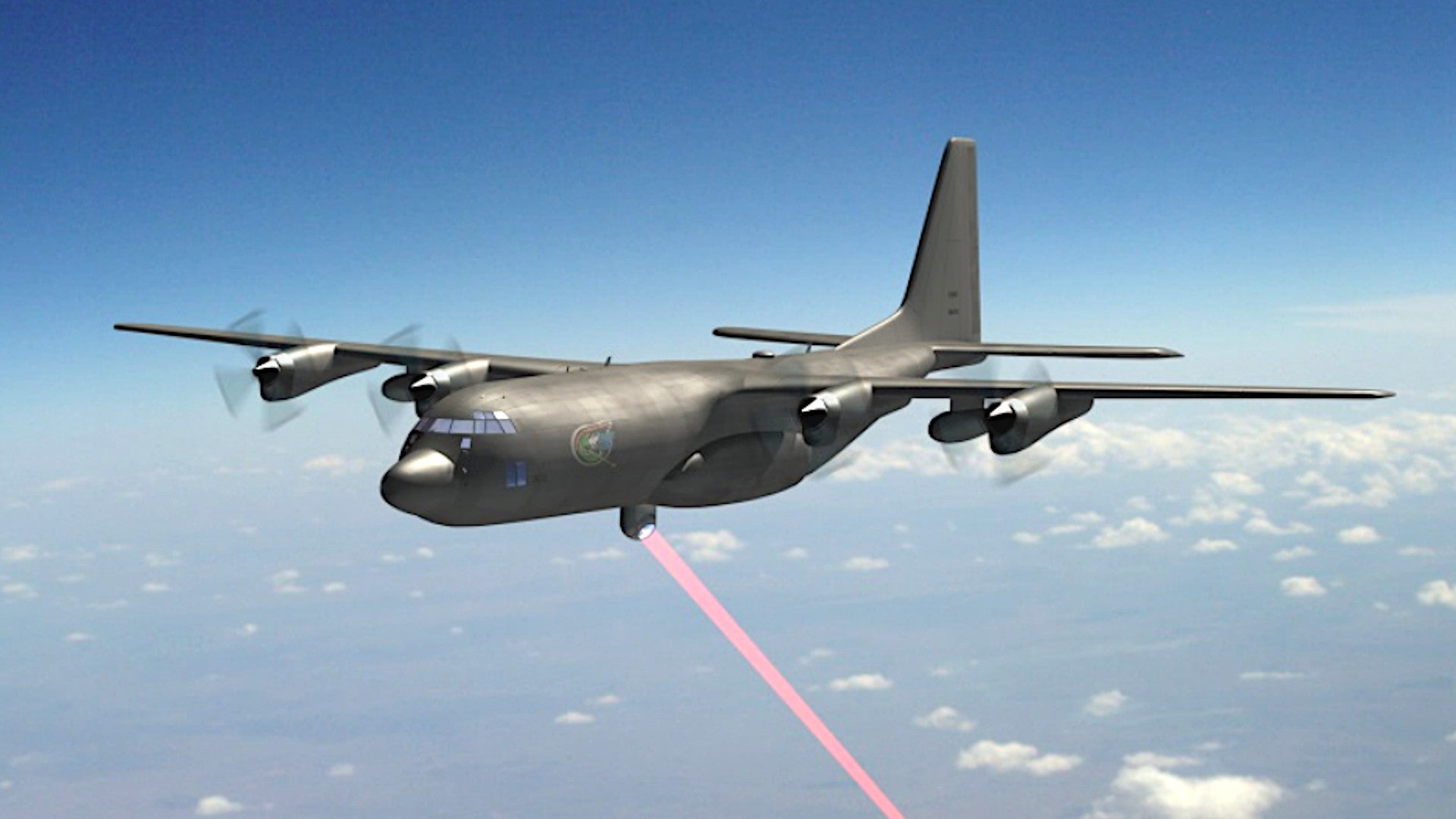
The J-model aircraft achieved initial operational capability in September 2017. The fourth-generation AC-130 is slated to replace the AC-130H/U/W models, with delivery of the final J-variant sometime in 2021, according to the Air Force.
The 4th Special Operations Squadron, part of the 1st Special Operations Wing at Hurlburt Field, Florida, received its first J-model with the Block 30 software upgrade in March 2019.
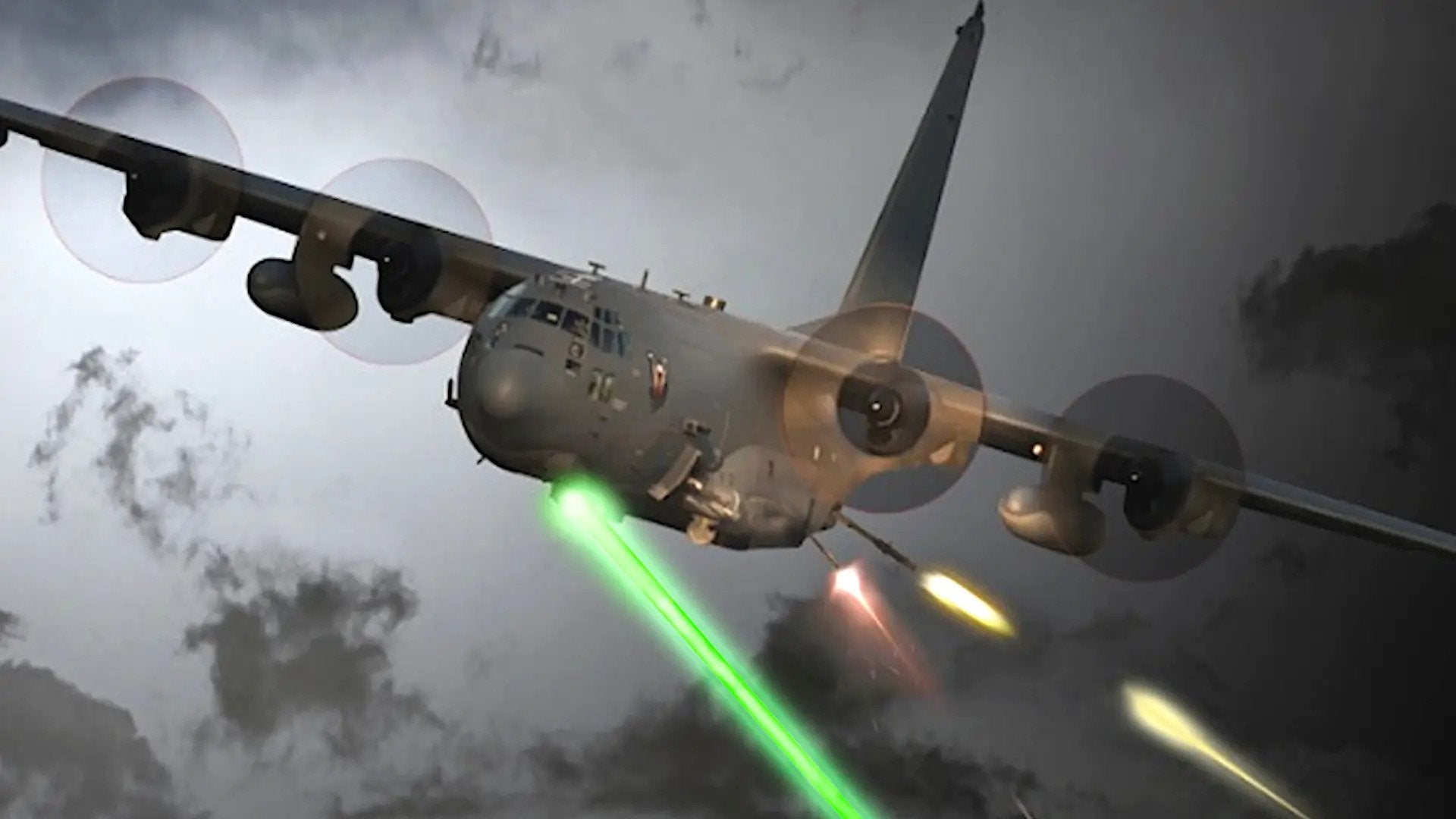
Along with the 105mm cannon sported by its cousin, the AC-130U model, the AC-130J is equipped with a 30mm cannon “almost like a sniper rifle. … It’s that precise; it can pretty much hit first shot, first kill,” Col. Tom Palenske, then-commander of 1st SOW, told Military.com during a trip to Hurlburt in 2018.
Palenske said that a laser would be the ultimate ace in the hole, making disabling other weapons systems easier.
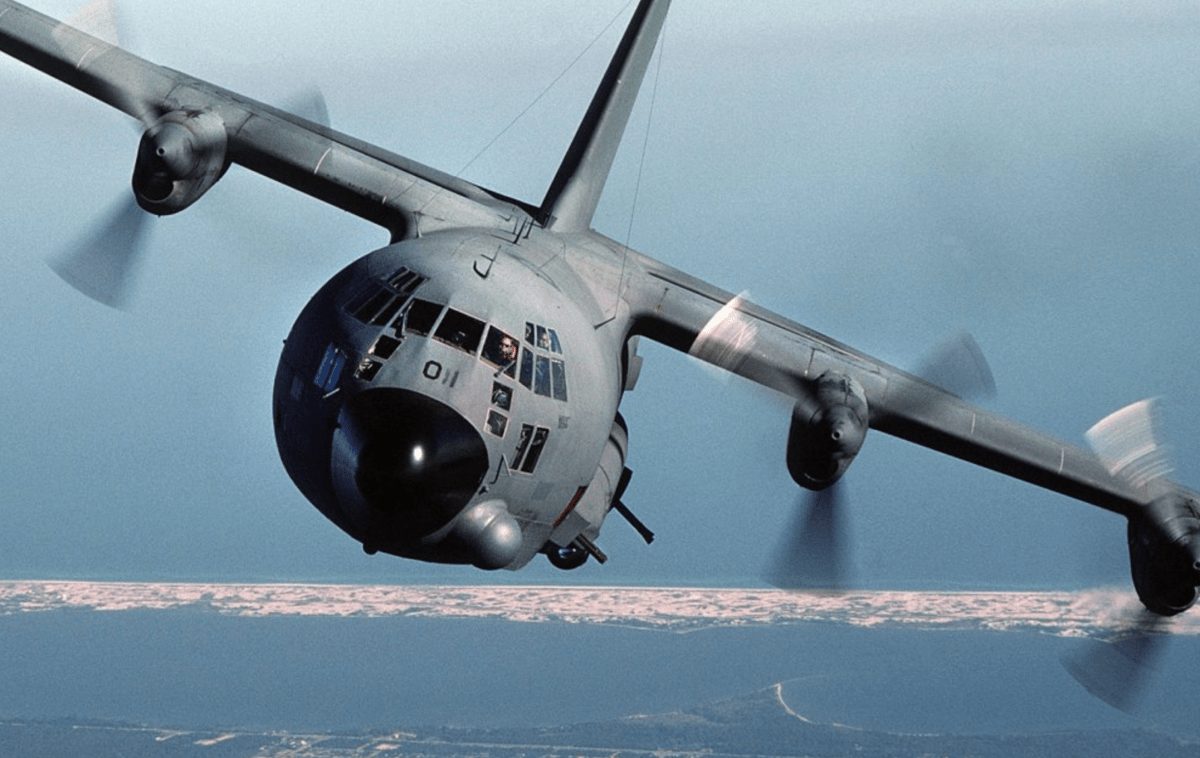
“If you’re flying along and your mission is to disable an airplane or a car, like when we took down Noriega back in the day, now, as opposed to sending a Navy SEAL team to go disable [aircraft] on the ground, you make a pass over that thing with an airborne laser and burn a hole through its engine,” he said.
Palenske was referring to 1989’s Operation Nifty Package mission to capture and remove Panamanian leader Manuel Noriega from power, during which a SEAL team “disable[d] his aircraft so he couldn’t escape.”
With a laser, “it’s just like that. And you just keep going on, and there’s no noise, no fuss, nobody knows it happened. They don’t know the thing’s broken until they go and try to fire it up,” he said at the time.
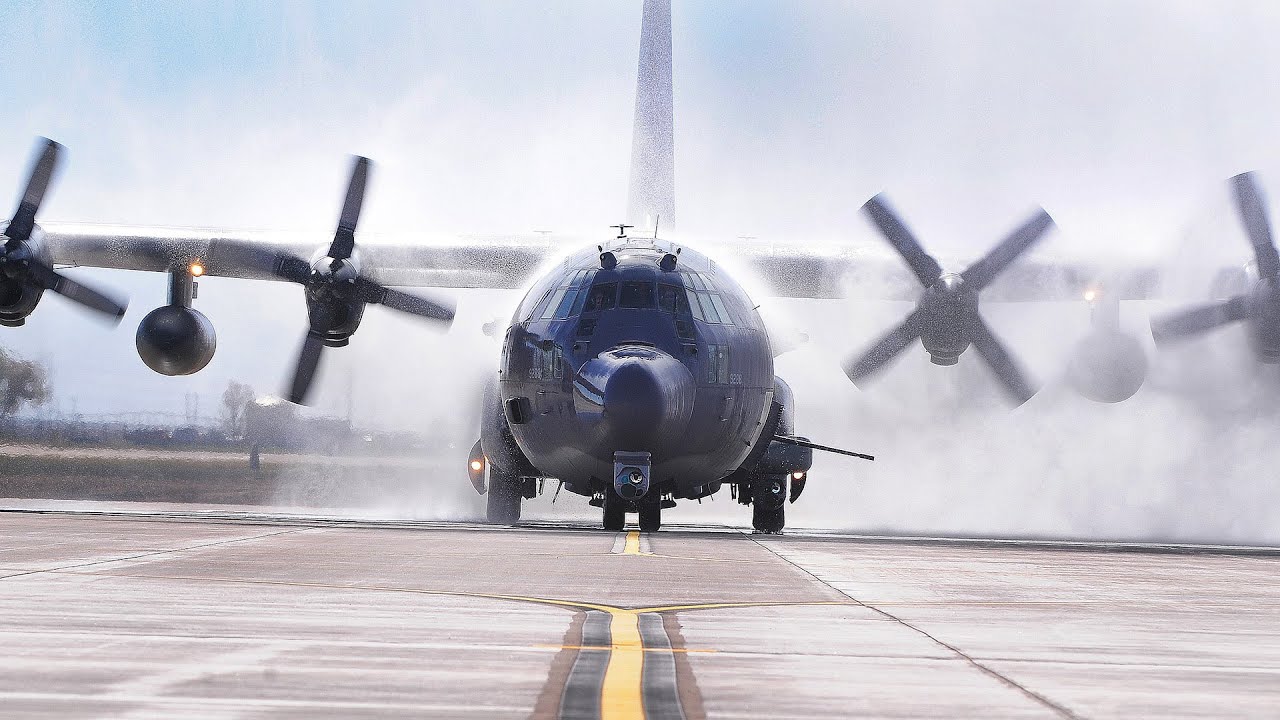
AFSOC had hoped to incorporate the laser onto the aircraft this year. Johnson said gaps in funding, not technological maturity, were behind the delay.
“After several years of seeking stable funding, we are there,” she said.
Then-AFSOC commander Gen. Brad Webb made a similar remark in 2018.
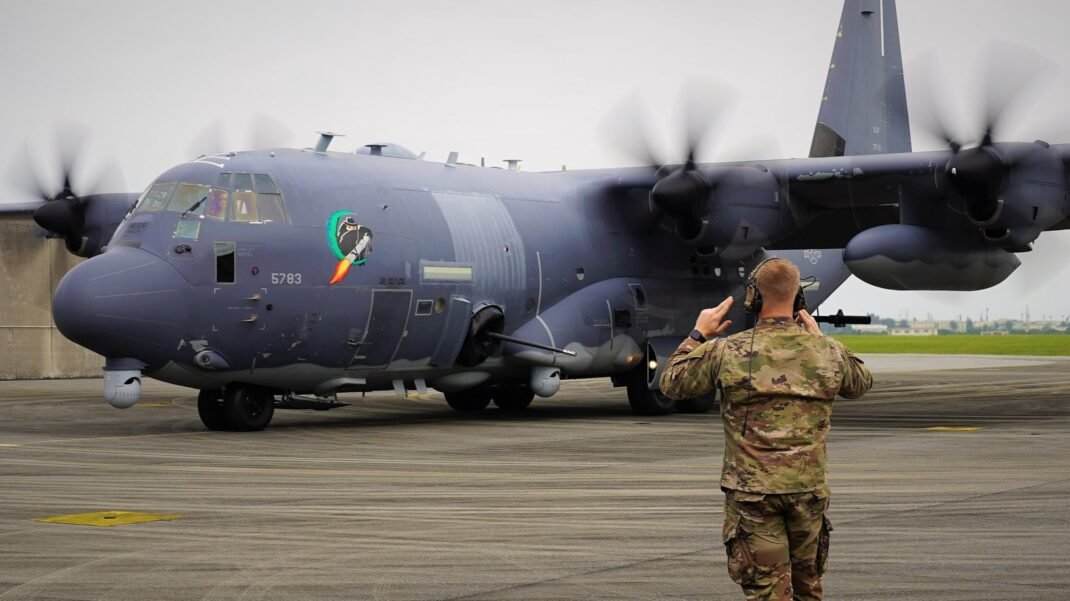
“The challenge on having the laser is funding,” Webb said during the Air Force Association’s Air Warfare Symposium that year. “And then, of course, you have the end-all, be-all laser questions: ‘Are you going to be able to focus a beam, with the appropriate amount of energy for the appropriate amount of time for an effect?’
“We can hypothesize about that all we want. My petition is, ‘Let’s get it on the plane. Let’s do it. Let’s say we can — or we can’t,” Webb said.
Source: military.com

